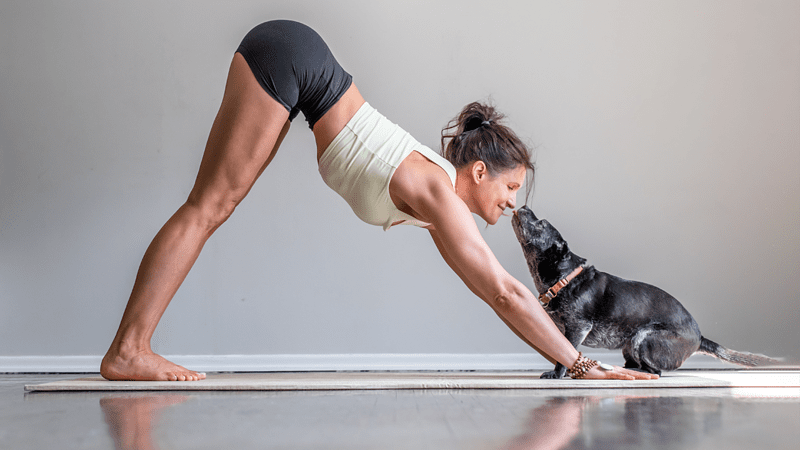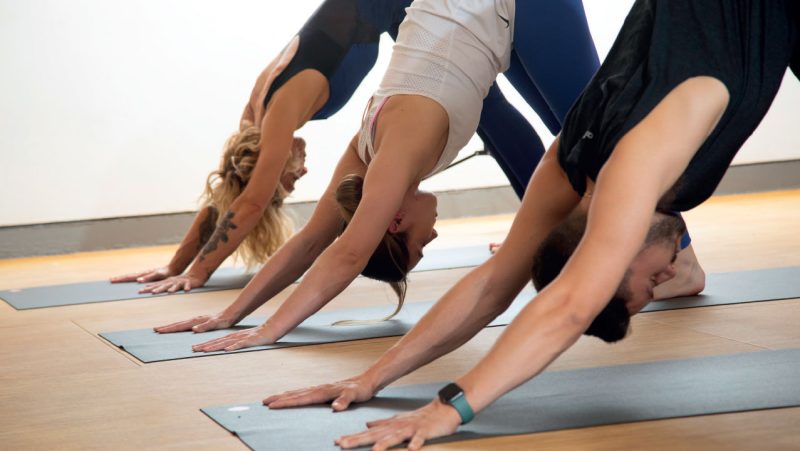What does the term ‘yoga community’ mean to you? By Paula Hines
Community suggests inclusion. Community is important – however self-sufficient one might be, none of us really make it through this life alone – yet, authentic community is not necessarily easy to find.
One person’s idea of community may be another’s idea of an exclusionary club. Not long ago, I met with a fellow teacher who was waxing lyrical about how they felt a great sense of community at a particular studio, which struck me because my experience of the very same place could not have been more different. Our conversation got me thinking about whether there really is such a thing as ‘the yoga community’, or if it actually comes down to individuals seeking out and sticking with people who are most like them? The latter can look like an exclusionary club to those who are not part of it.
We can exclude people without meaning to.
I remember taking a yoga friend along to a place I loved, where I felt incredibly at home, thinking they would love it too. Instead, I learned that they’d felt unwelcome, intimidated and completely separate.
If you are attending classes, who is teaching? Who is on the mat next to you? And maybe more notably, who is not there?
I ask myself these questions. As a teacher and student, I recognise that I am in a minority being black and fat. I also recognise that though most of the public classes I teach consist of a wide age range and I offer as many options as possible during classes, they are still quite ‘ableist’.
I enjoy using props whenever possible. Props can facilitate a different experience of a familiar pose plus, as a teacher, props allow me to be creative in making more poses accessible to more people. Alas, many places don’t have ample props such as chairs, bolsters or adequate wall space available, particularly if it is a large class. Some places have no props at all. In this situation, I admit I do struggle to make a class more inclusive; therefore, excluding people with limited mobility by default. I interrogate myself as I assess how I can do better: what and how I want to teach, and why? For me, this connects to the idea of authentic community.
Do you believe that everyone is welcome at the yoga classes you teach? If so, is this really true?
Paula Hines is a London-based yoga teacher and writer (ucanyoga.co.uk).







